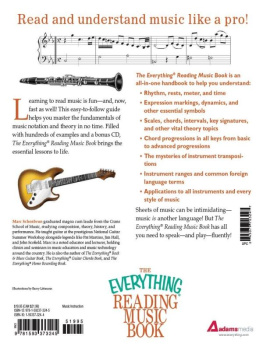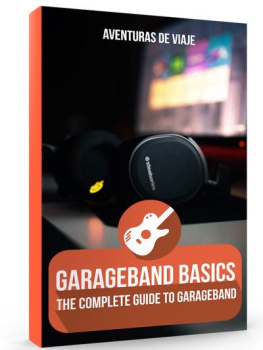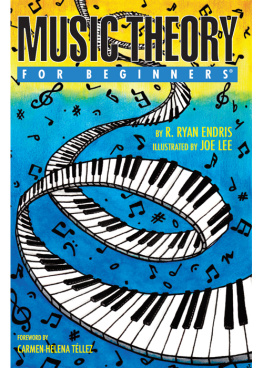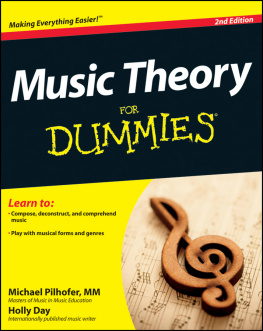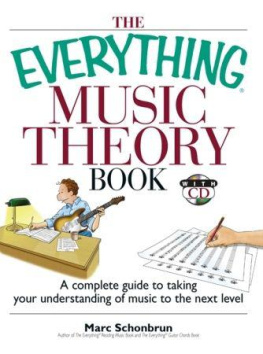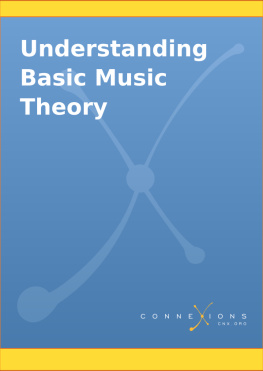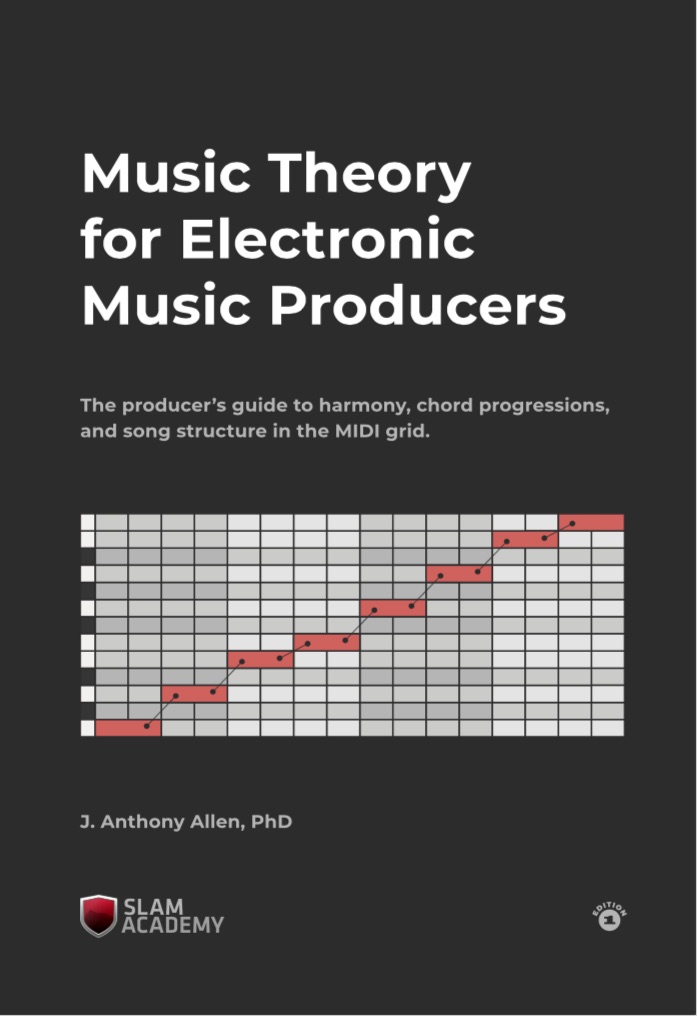J. Anthony Allen - Music Theory for Electronic Music Producers
Here you can read online J. Anthony Allen - Music Theory for Electronic Music Producers full text of the book (entire story) in english for free. Download pdf and epub, get meaning, cover and reviews about this ebook. year: 2018, publisher: Slam Academy, genre: Art. Description of the work, (preface) as well as reviews are available. Best literature library LitArk.com created for fans of good reading and offers a wide selection of genres:
Romance novel
Science fiction
Adventure
Detective
Science
History
Home and family
Prose
Art
Politics
Computer
Non-fiction
Religion
Business
Children
Humor
Choose a favorite category and find really read worthwhile books. Enjoy immersion in the world of imagination, feel the emotions of the characters or learn something new for yourself, make an fascinating discovery.

- Book:Music Theory for Electronic Music Producers
- Author:
- Publisher:Slam Academy
- Genre:
- Year:2018
- Rating:4 / 5
- Favourites:Add to favourites
- Your mark:
Music Theory for Electronic Music Producers: summary, description and annotation
We offer to read an annotation, description, summary or preface (depends on what the author of the book "Music Theory for Electronic Music Producers" wrote himself). If you haven't found the necessary information about the book — write in the comments, we will try to find it.
As an online class, Dr. Allen has had over 50,000 students use this ground-breaking curriculum to learn music theory. Students and Producers who have wanted to learn music theory to improve their own music, but have been intimidated by traditional approaches, music notation, and abstract concepts will find this book to be the answer they have been looking for.
From the Author:
How music theory is usually taught is unfair. It starts with the assumption that you can read music and understand the language of classical music. My book leaves all of that behind - focusing only on the MIDI grid that producers are already familiar with to learn all the key concepts of music theory, and ultimately, make better music.
This book covers all the fundamentals of music theory, but is written using the language of the DJ and Producer - the MIDI Grid. It includes analysis projects that look at the harmonic and melodic ideas in songs by popular producers including Zedd, Boards of Canada, Daft Punk, Deadmau5, Bonobo, Richie Hawtin, Moby, Skrillex, and Aphex Twin.
Praise for Music Theory for Electronic Music Producers:
Aspiring electronic musicians have choices to make when it concerns their own education and training. This text makes one choice much easier: start here and get learning, quickly. Grounded and easygoing, the book uses real-world examples to help you make sense of musics inner worksings while steering clear of dense theories.
- Michael J. Ethen, PhD
Musicologist
This book knocks the oftentimes alienating world of music theory completely onto its side. Difficult to explain concepts are perfectly demonstrated for the aspiring electronic music producer who might have no formal music training. A must have for all aspiring producers.
- James Patrick (DJ, Producer, Educator)
Slam Academy, Dubspot, IPR, Ableton Certified Trainer
With Music Theory for Electronic Music Producers, Dr. Allen has produced a remarkable resource: an extensive tour of musical theory that leverages some of our favorite modern tools - the virtual studio and its piano roll note display. By introducing us to the why as well as the what of music theory, this book helps us to understand what makes music tick and how to improve our own work. In addition to offering a sound theoretical foundation, the deep dives into analyzing tracks by Skrillex, Aphex Twin, and Deadmau5 keeps our attention focused on real-world production. MTEMP will definitely go on the top of my recommendation list for anyone that needs a fresh view of musical concepts.
- Darwin Grosse
Director of Education, Cycling 74
J. Anthony Allen: author's other books
Who wrote Music Theory for Electronic Music Producers? Find out the surname, the name of the author of the book and a list of all author's works by series.

